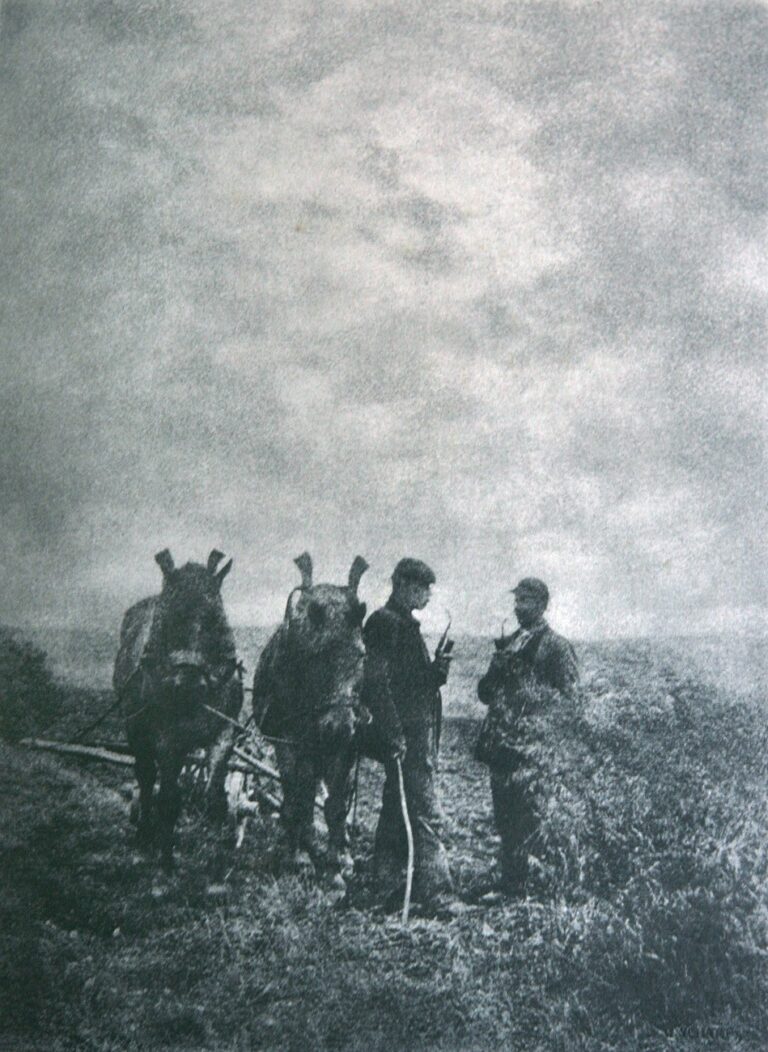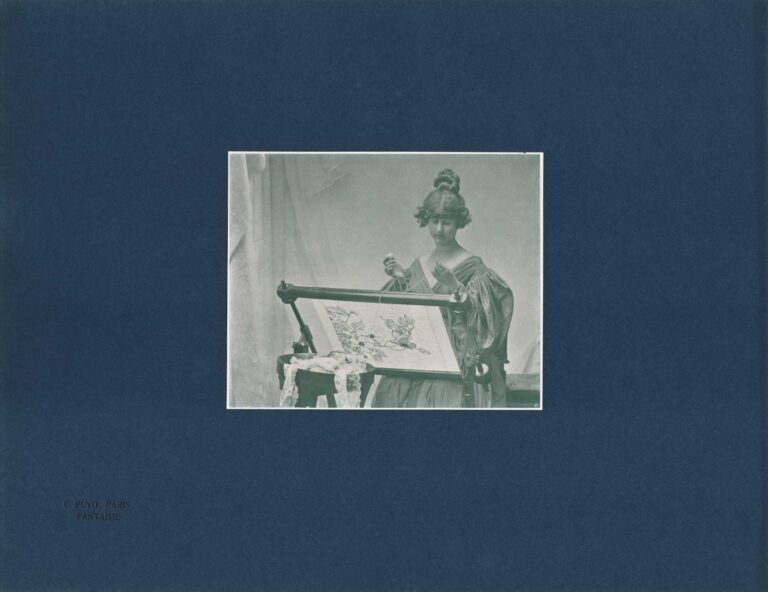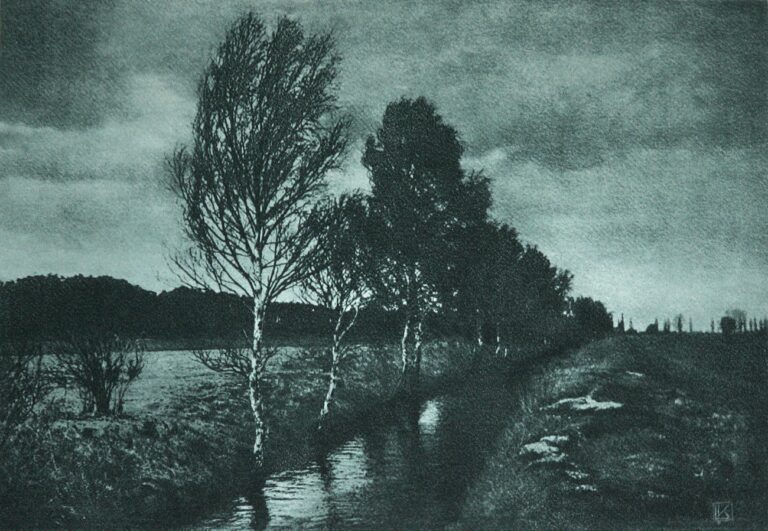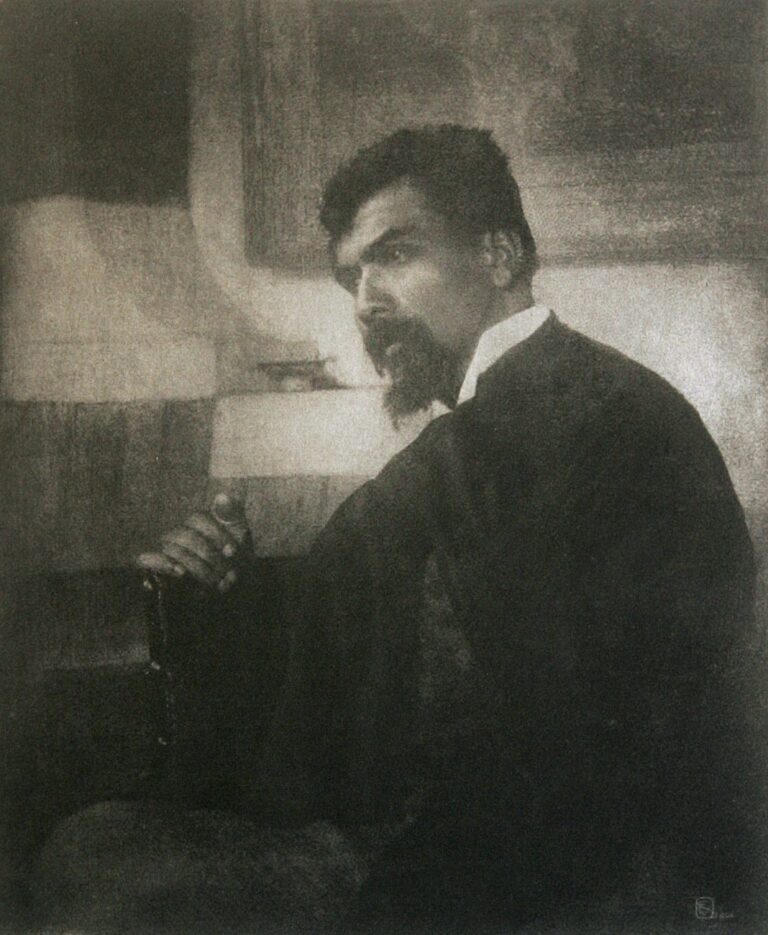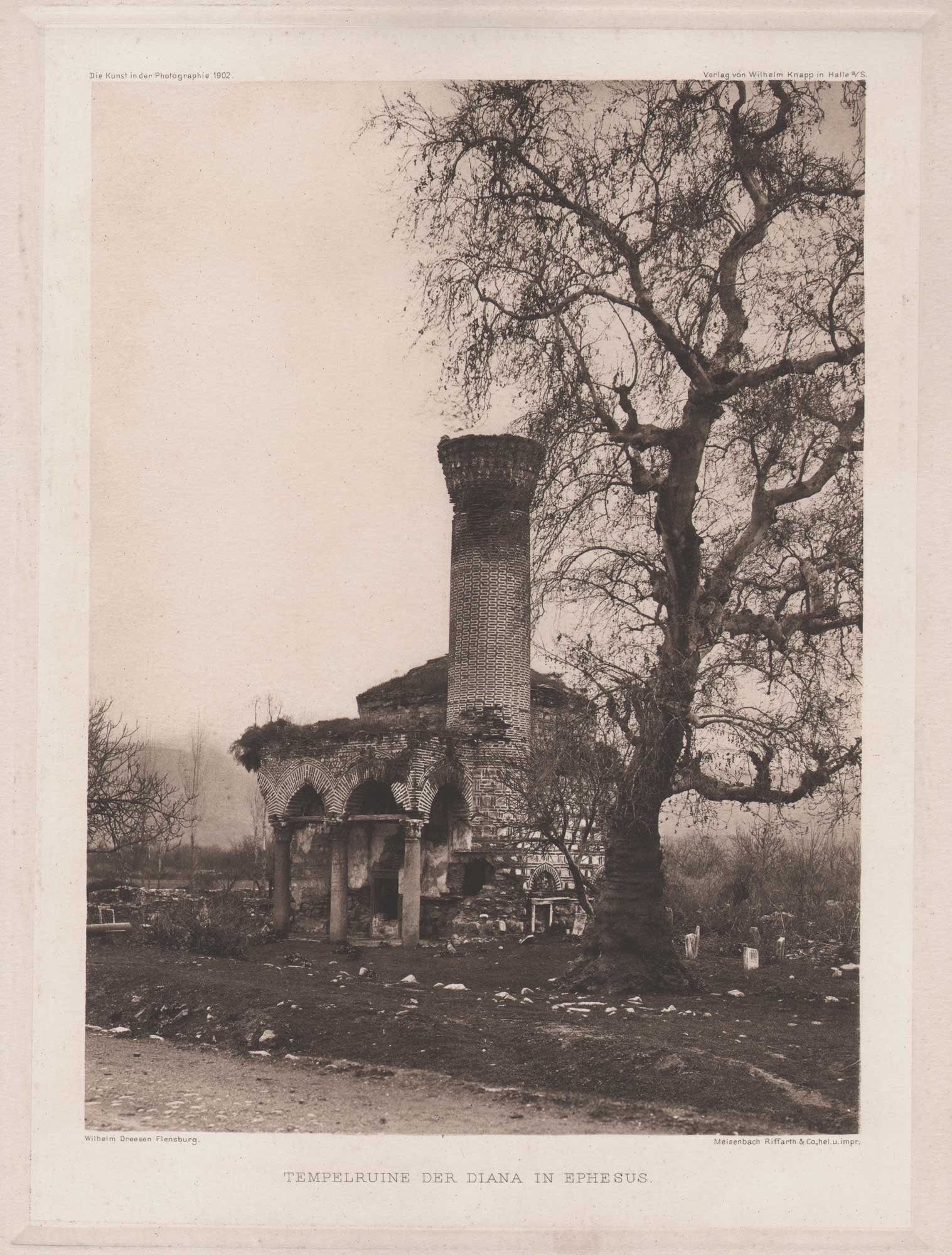
Karakol Yanı Mosque: Selçuk-Turkey
For whatever reason, perhaps because it was considered one of the Seven Wonders of the Ancient World, or just wishful thinking on Dreesen’s part, this photograph identified on the mount as being the Temple Ruins of Diana in Ephesus is false. That’s because that Greek temple dedicated to an ancient, localised form of the goddess Artemis was destroyed by AD 401. Dreesen must have been lead astray. Instead, this archive has discovered his photograph is actually not a temple but a small mosque.
Located in present day Turkey and known as the Karakol Yanı Mosque, (“Next to the Watchhouse Mosque” it’s believed to date to the 14th Century, and located in the Aegean Region of İzmir, Selçuk. The mosque has been rebuilt since Dreesen photographed it at the very turn of the 20th Century, including its Minaret tower, which appears mostly toppled in his photo. The following background on the Karakol Yanı Mosque is courtesy of Erol Şaşmaz:
The inscription of this mosque, located in the Selçuk district of İzmir, on the İzmir Pamucak road, at the Selçuk exit, has not survived to the present day, so its construction date has not been determined. The architectural style of the mosque, which was recently repaired, indicates that it was built in the Aydınoğulları period, in the 14th century, and that it was repaired in later years. The mosque has a square plan with cut stone brick beams. In front, there is a three-part narthex with two columns and two piers connected by round arches. The mosque, which is entered through a round arched door, is covered with a high drum dome. Blind niches were built on the drum. Small stained glass windows with round arches were placed inside these niches. There are two windows with rectangular jambs and blind inscriptions on each side wall of the mosque. Above these are round arched stained glass windows. The mihrab is a round niche, and its contemporary decoration has not survived to the present day. The minaret of the mosque, which is adjacent to the wall of the prayer room, has a cut stone base, a cylindrical brick body and a single balcony. The balcony is decorated with diamond motifs under it.
✻ ✻ ✻ ✻ ✻
Wilhelm Dreesen: 1840-1926
Wilhelm Anton Georg Dreesen was a German-Danish photographer. He was involved with the Künstlerkolonie Ekensund. (art colony) Many of his works were lost in the bombing of Hamburg during World War II. -Wikipedia (2024)
“Discovering Dreesen: a pioneering German Photographer”
Appeared on europeana in 2022 along with a biography of Dreesen written by Flensburg Museum director Dr. Michael Fuhr. The museum exhibited newly discovered works by the artist with the following headline and introduction: Discovering Dreesen. Photographer, globetrotter, influencer (1.)
( 31.10.2021–13.02.2022) “It is 1926 and Wilhelm Dreesen has just died at the age of 86. After decades of innovative and award-winning work as a photographer and artist, his Flensburg studio has been demolished, his elegant home sold, and his name forgotten. Decades later, two wooden boxes containing over 300 disorganized glass negatives find their way into the Museumsberg collection. It takes years more before the treasure they contain is discovered. The material in these boxes covers Dreesen’s entire career, back to the 1870s. Research has shown that they have not been seen for over 100 years. The majority of them have never been published.”
Biography: Wilhelm Dreesen
Wilhelm Dreesen was born in March 1840 in Rendsburg in Schleswig-Holstein. Both of his parents died while Dreesen was still a child, meaning he grew up in a military orphanage and later joined the military. After retiring from military service in 1865, he founded a photography studio in Flensburg.
The store did so well that he quickly opened branches across the region. Initially successful as a portrait photographer, Dreesen turned to landscape photography as soon as technical progress allowed cameras to be transportable with shorter exposure times. Dreesen was soon one of the pioneers of artistic photography in Germany, taking part in international exhibitions and winning numerous awards.
In 1887, he was appointed Imperial Court Photographer by the Crown Prince and later Kaiser Friedrich III. This honour opened the door to a great career for him.
In the same year, he signed a contract with HAPAG – the Hamburg America Line shipping company – and, from then on, travelled free of charge on their passenger steamers. In return, he made his photographs available to HAPAG for advertising purposes and thus became something like the first influencer. The range ranged from travel brochures with colourised photographs of landscapes and HAPAG steamers to travel guides and exclusive luxury editions of photo documentation that were distributed as gifts to HAPAG first class passengers.
Two decades of adventure at sea followed. Since the business model worked perfectly, Dreesen entered into similar agreements with other shipping companies. The press reported on his travels, books were published, and his pictures aroused the desire to travel.
From 1891, he published not only postcards but also lavishly produced picture albums, which found huge sales across the region and increased his fame as well as his wealth.
In 1895, Wilhelm Dreesen attracted a lot of attention in Norway with his picture album ‘Norway the Land of the Midnight Sun’, which was also published in Norwegian. His images of the glaciers and fjords of Norway shaped the country’s image for decades and made a significant contribution to opening up the country for tourism.
Wilhelm Dreesen used every opportunity to travel the world. Norway was his most frequent destination, but by no means his only one. He travelled to the Mediterranean, Egypt, the Baltic States and Eastern Europe, the United States and the Caribbean.
Hyperinflation in Germany in the 1910s and 1920s meant that Dreesen lost his fortune and died impoverished in Flensburg in 1926. His work was largely forgotten since then – until now.
The glass negatives discovered in the crates have been digitised and are now on display in the exhibition Discovering Dreesen: Photographer, globetrotter, influencer in Museumsberg Flensburg until 13 February 2022. The exhibition will also be on display at the Norwegian Museum of Travel and Tourism in Sognefjord from May to October 2022. The exhibition can also be explored online – in English, German and Norwegian – at the website Discovering Dreesen. – Dr. Michael Fuhr (2022) (editors note: website not active when checked in November, 2024)
- See: Wilhelm Dreesen, 1840-1926 : Fotograf, Globetrotter, Influencer: Oslo : Dreyers Forlag, 2022.
